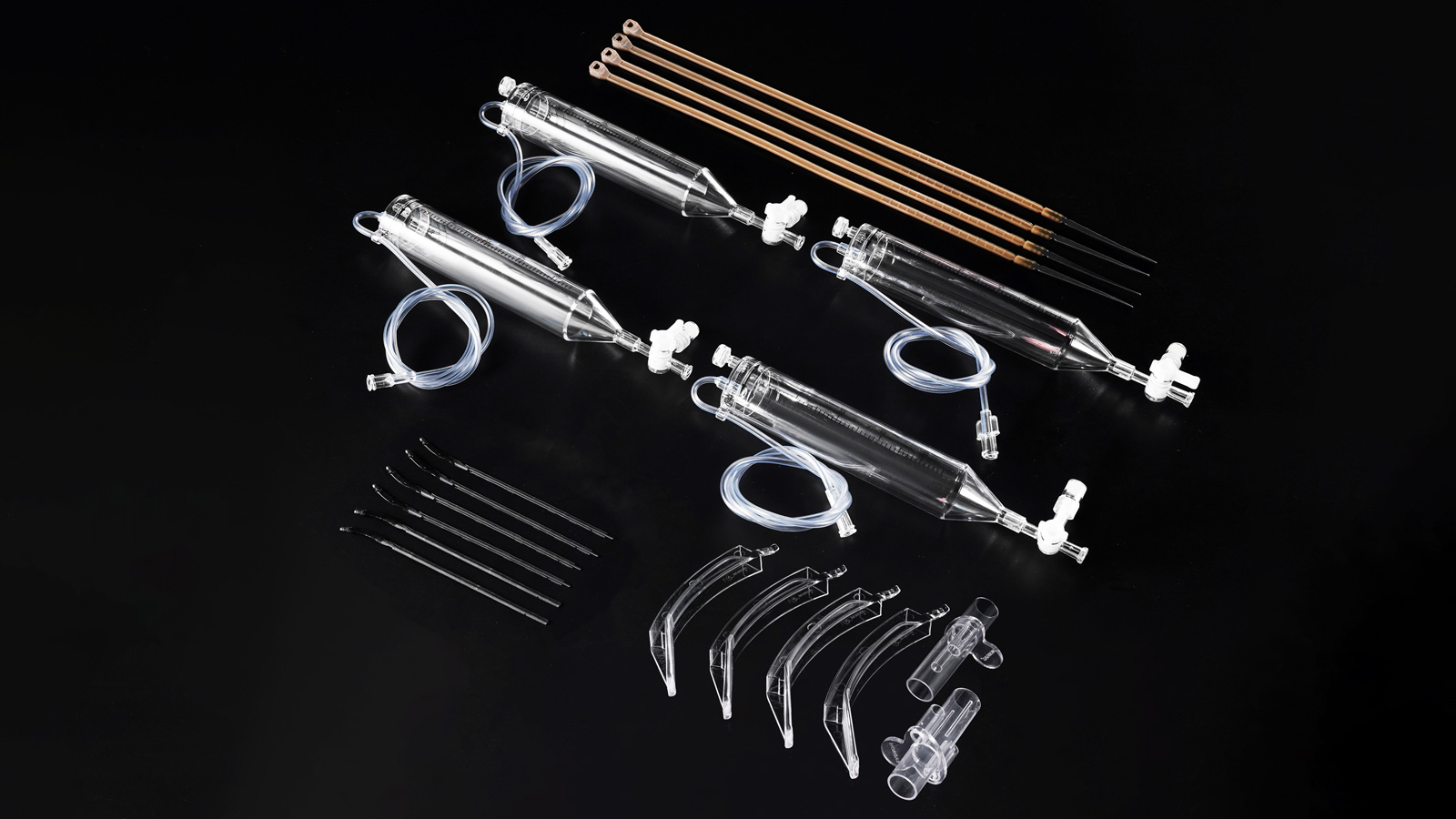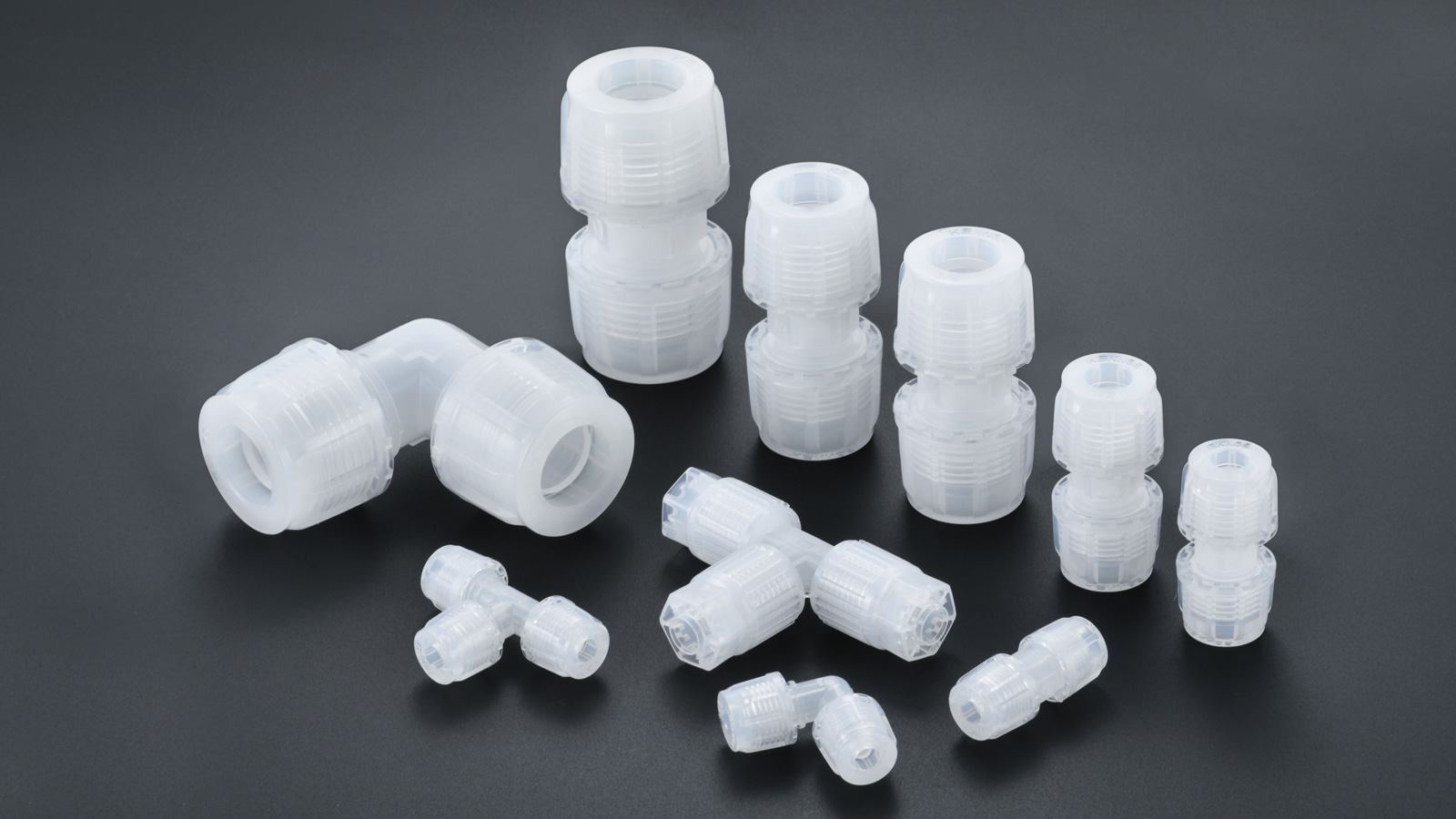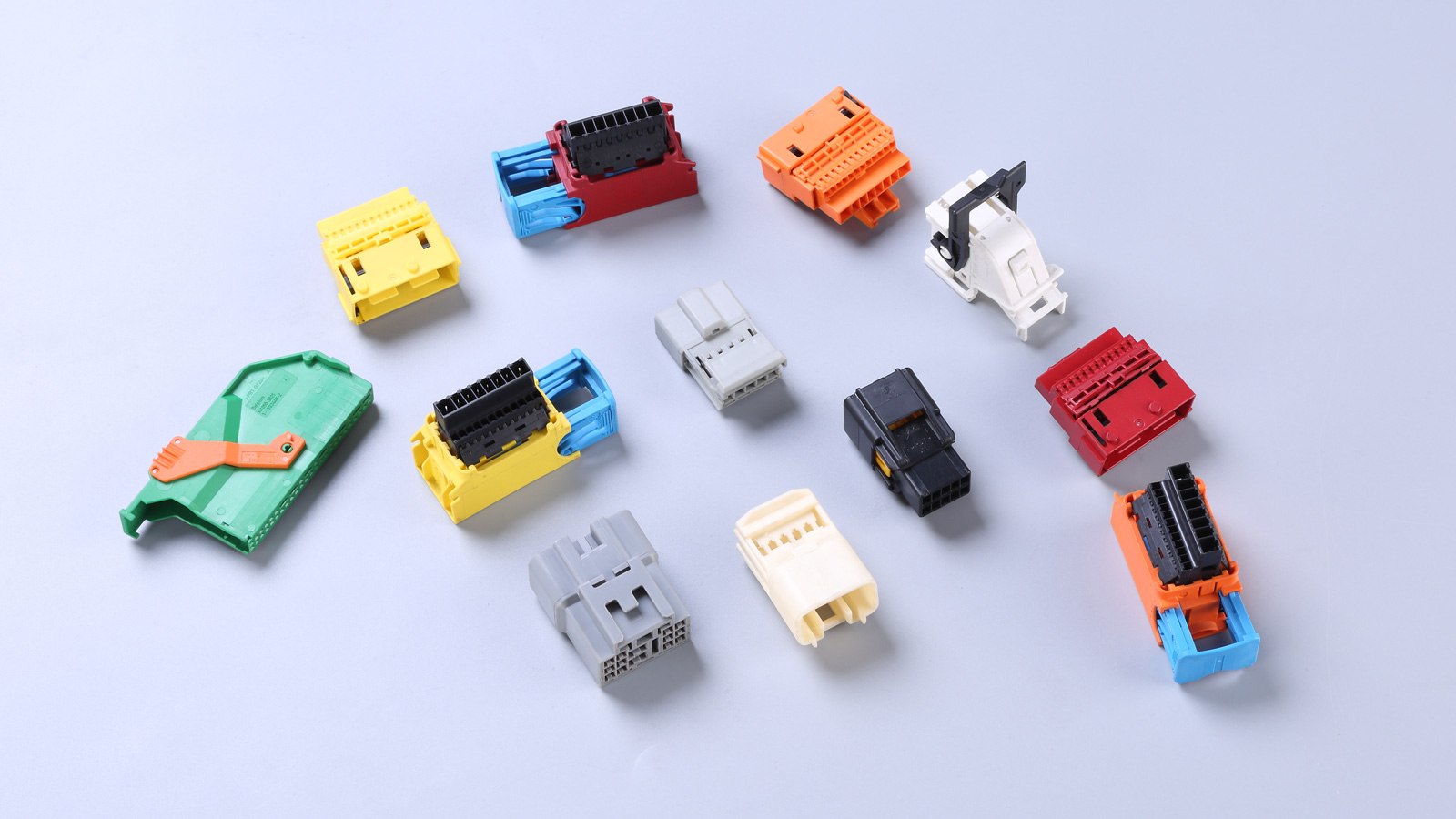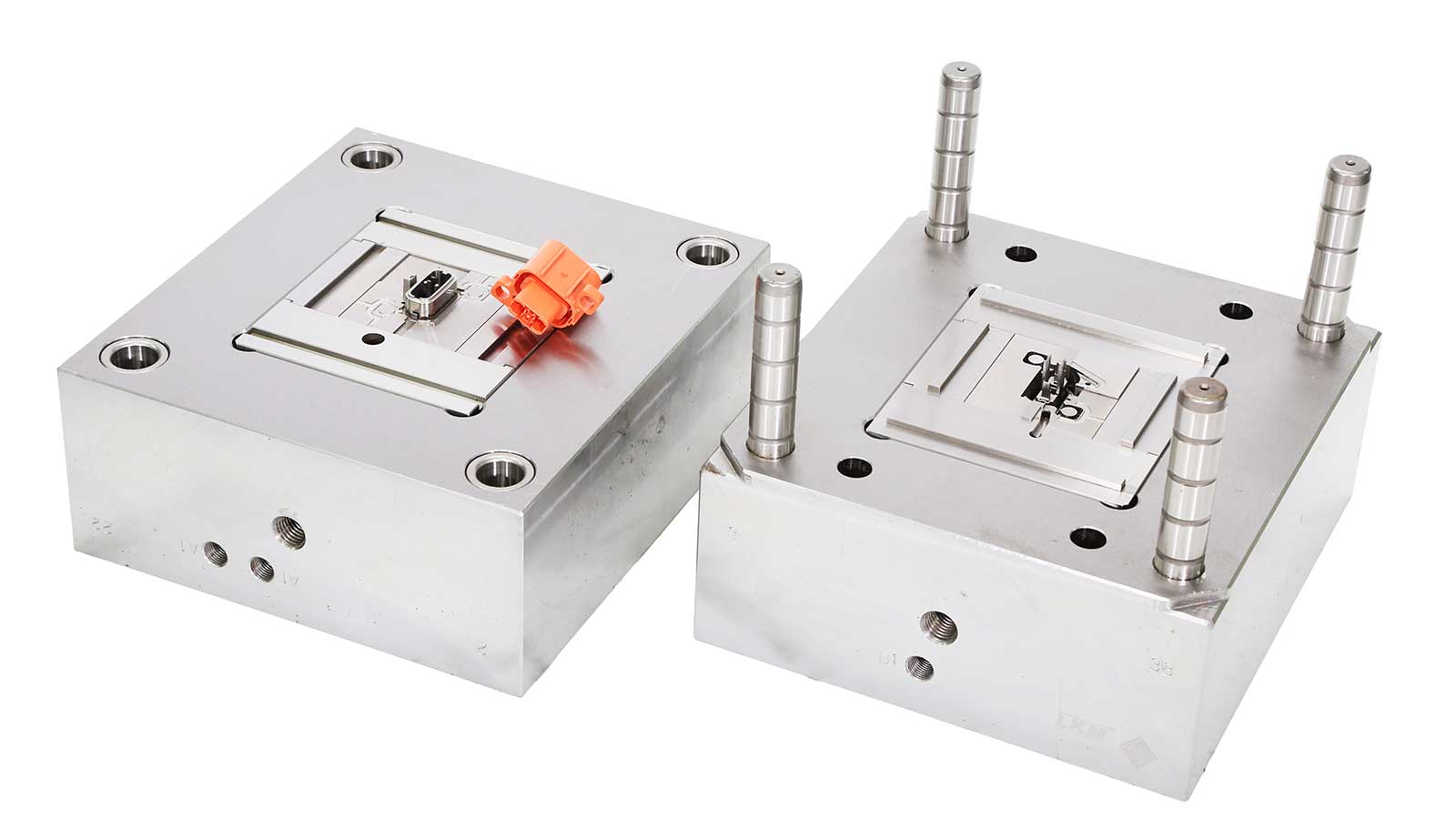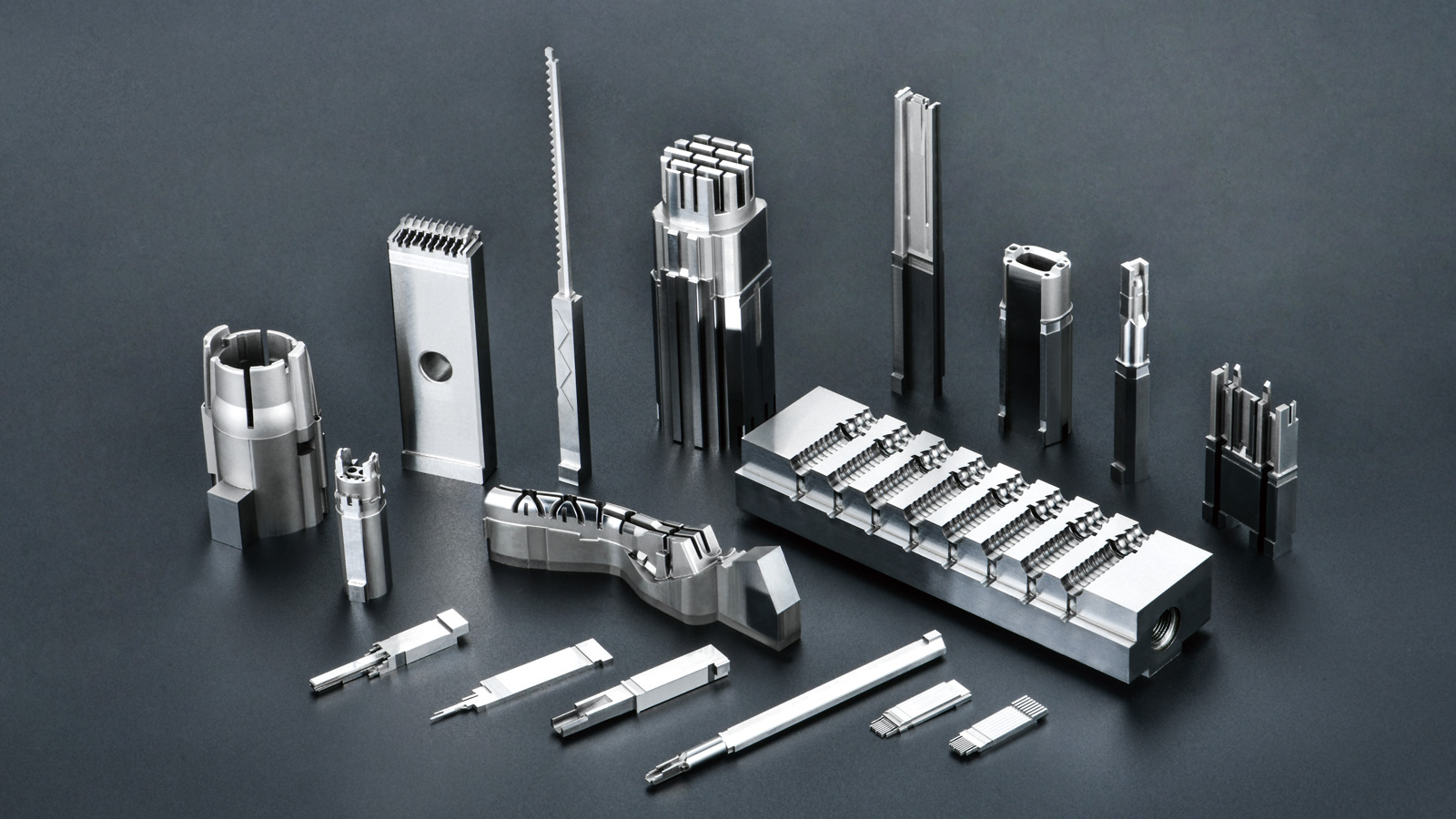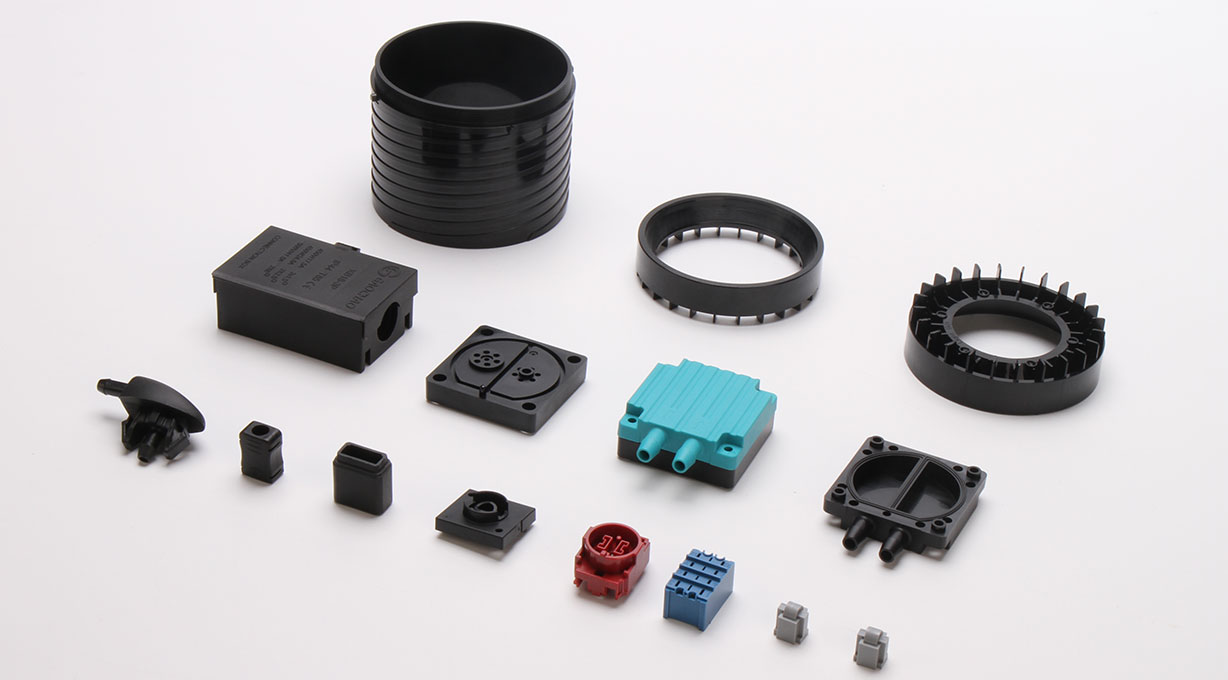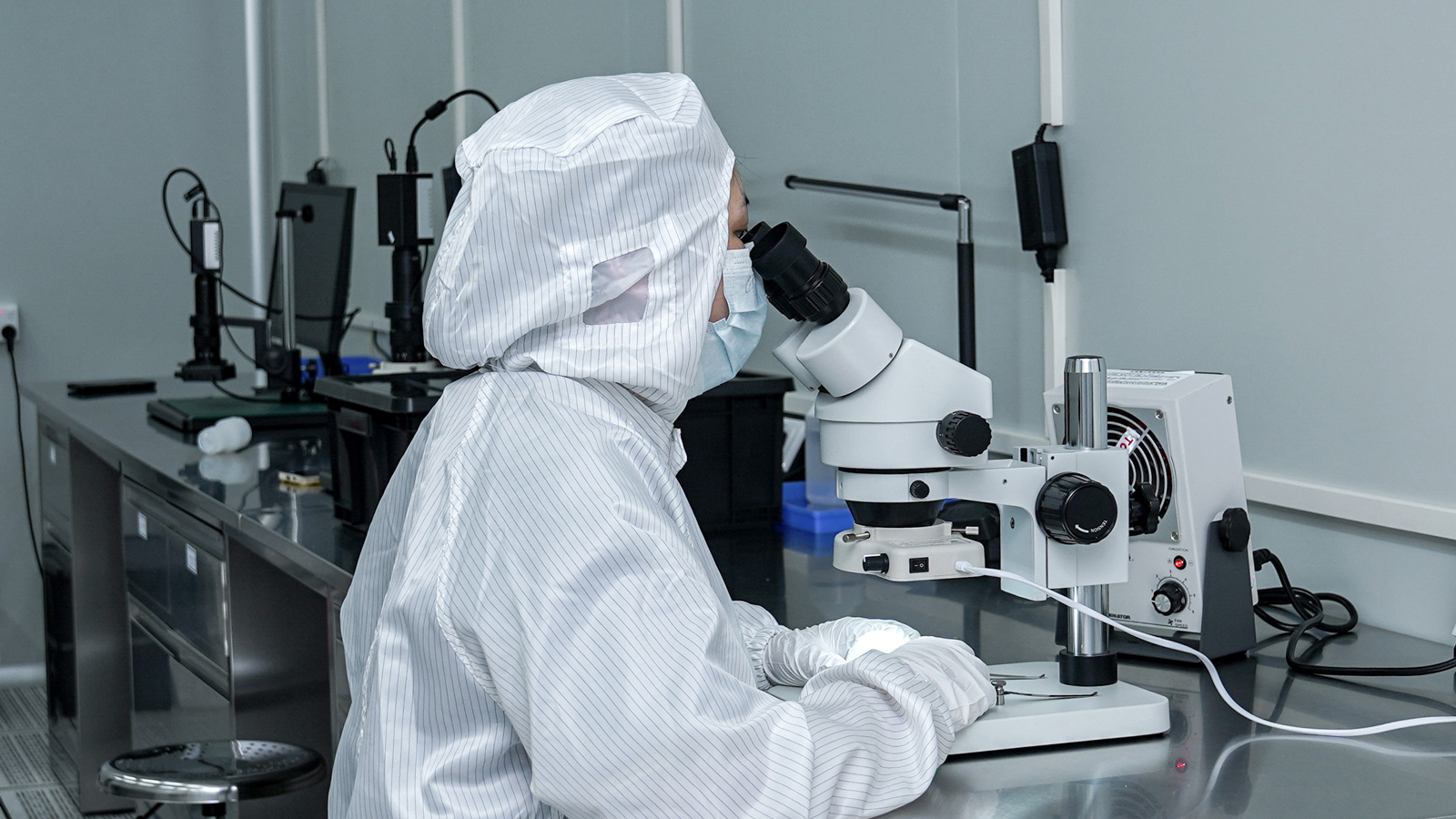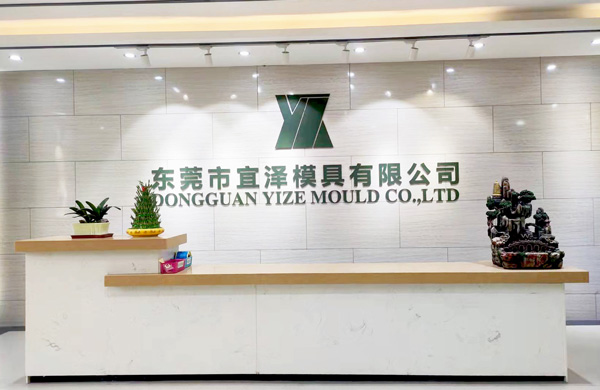Injection mold components play a pivotal role in mold processing and manufacturing, serving as indispensable elements that directly determine the quality and production efficiency of injection-molded products. From ejector pins to sliders, core inserts to cooling systems, each component must be designed with precision engineering principles from the outset and controlled through multi-dimensional processes during manufacturing. The following elaborates on three key dimensions: design specifications, equipment selection, and process control:
1. Function-Oriented Precision Design
Mold component design must balance functional requirements with manufacturability:
- Structural Adaptability: Ejector systems (e.g., pins) must be customized based on part wall thickness, draft angles, and material shrinkage rates to ensure uniform ejection force without deformation.
- Assembly and Maintenance Convenience: Adopt standardized interfaces (e.g., DME/HASCO standards) to minimize non-standard parts, while incorporating removable modules (e.g., side-core pulling structures) for easy maintenance.
- Material Compatibility: For high-hardness and wear-resistant requirements, core/cavity inserts should prioritize pre-hardened steel (e.g., NAK80) or heat-treated steel (e.g., H13), with mold flow analysis validating thermal expansion coefficients’ impact on dimensional accuracy.

2. Precision Matching of Machining Equipment and Tools
Equipment performance and tool selection form the physical foundation for accuracy:
- Equipment Precision Grading:
- Rough machining: High-rigidity CNC milling machines (positioning accuracy ≤0.005mm) for rapid material removal.
- Finish machining: Five-axis simultaneous machining centers (repeatability ≤0.002mm) for complex surface one-pass forming.
- Ultra-precision machining: Mirror-finish EDM machines (surface roughness Ra≤0.05μm) for optical-grade components.
- Tool System Optimization:
- Select solid carbide-coated tools (e.g., TiAlN coating) to enhance wear resistance and reduce cutting heat.
- Implement tool life management via real-time monitoring systems to prevent dimensional deviations caused by tool dullness.
- For microstructure machining (e.g., ribs <0.1mm), adopt nanograin carbide micro-drills or laser processing instead of conventional mechanical cutting.
3. Closed-Loop Temperature Control and Skill Standardization
Temperature fluctuations and operational errors are critical variables in precision machining:
- Environmental Temperature Closed-Loop Control:
- Maintain workshop temperature fluctuation ≤±1°C, humidity ≤60% to minimize material thermal expansion/contraction impacts.
- Equip machine spindle/guide rails with oil/water cooling systems to limit thermal deformation to <0.001mm/h during high-speed operation.
- Deploy independent temperature compensation modules for critical processes (e.g., EDM) to correct thermal drift errors in real time.
- Personnel Skill Standardization Training:
- Establish a three-tier training system (theory + virtual simulation + hands-on practice), requiring operators to pass certifications in CNC programming, mold disassembly/assembly, and machine parameter optimization.
- Implement SOP (Standard Operating Procedures) to standardize machining parameters (e.g., cutting speed, feed rate) and tool offsets in process documentation, reducing human operational deviations.
- Introduce AR-assisted assembly systems to enhance complex component installation efficiency and accuracy through visual guidance.
Conclusion
The manufacturing of high-precision injection mold components represents a systematic engineering challenge integrating design, equipment, process, and management. By adopting function-oriented design, precision equipment-tool matching, and full-process temperature/skill control, enterprises can achieve dimensional tolerances within ±0.001mm and surface roughness at mirror levels (Ra<0.02μm), delivering zero-defect mold solutions for premium sectors such as medical, automotive, and 3C electronics.
